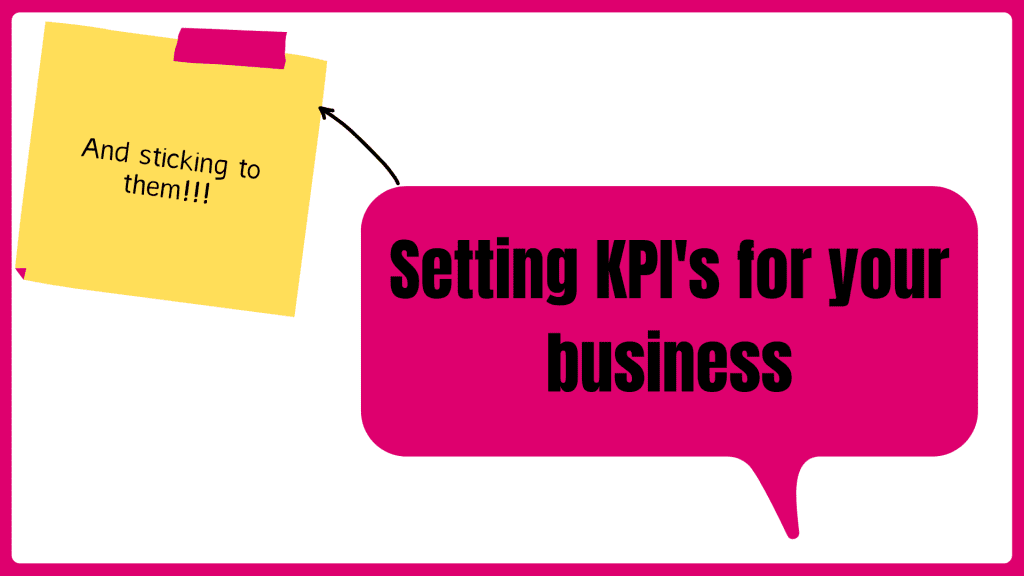
KPIs (Key Performance Indicators) are metrics that tell you if what you’re doing is working or not. As you can…

KPIs (Key Performance Indicators) are metrics that tell you if what you’re doing is working or not. As you can…

Self-employment can be a great option for people who want to spend more time with their family or want the…

I heard this saying recently, “you get the clients you deserve.” At first, I wasn’t sure what it meant so…